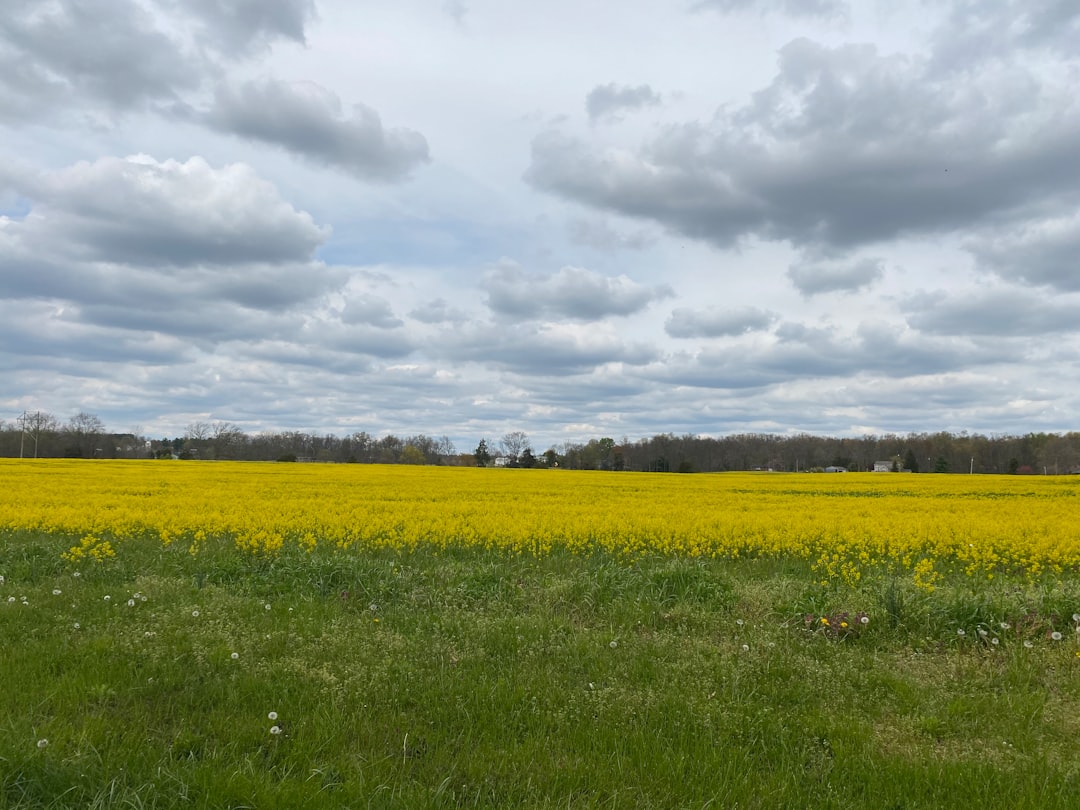Easton, Maryland, grapples with a rising issue of spam calls causing stress and anxiety among residents. To combat this, a community art initiative proposes creating local murals as an engaging way to raise awareness about spam calls. These murals, featuring bold designs, text with solutions like "Block Unwanted Calls," and Easton landmarks, spark conversations about privacy and consumer protection. By collaborating with a Spam Call law firm in Maryland, residents can educate themselves, empower their community, and beautify public spaces while mitigating the nuisance of spam calls, fostering sustained awareness. The success of these initiatives is measured through tracking complaints to the Spam Call law firm and resident feedback.
Easton residents face a growing nuisance: spam calls. These unwanted phone threats not only disrupt daily life but also leave many feeling vulnerable. To combat this issue, local murals emerge as a powerful tool for raising awareness and engaging the community. This article explores how Easton can leverage its artistic side to educate residents about spam calls, involving local artists and law firms in a collaborative effort. By designing informative murals, the initiative aims to empower Maryland residents with knowledge, offering a creative solution to a modern problem.
Understanding the Problem: Spam Calls and Their Impact on Easton Residents

Easton residents, like many across the nation, face a growing issue with spam calls. These unsolicited phone calls, often advertising products or services, can be intrusive and frustrating. While many people simply choose to let such calls go to voicemail or block them immediately, the impact of these repeated intrusions cannot be underestimated. Spam calls are not just an annoyance; they represent a violation of personal space and can contribute to increased stress and anxiety for those who receive them frequently.
In Maryland, where a Spam Call law firm operates, residents have certain legal protections in place. These laws aim to curb the excessive number of spam calls citizens receive daily. By understanding their rights and the extent of this problem, Easton residents can actively participate in creating a more peaceful environment. Local murals, with their artistic appeal and community engagement, offer an innovative way to raise awareness about this pressing issue.
The Role of Local Murals in Community Engagement

Local murals serve as vibrant, community-centric art pieces that can engage and unite residents in a shared space. In Easton, these murals provide an opportunity for residents to come together and address pressing issues within their community, such as spam calls. By depicting relatable scenes or powerful messages, these artistic installations can educate and inspire folks about the impact of unwanted telemarketing calls, fostering a sense of collective awareness and empowerment.
Moreover, murals act as conversational starters, encouraging passersby to stop, observe, and potentially engage with the artwork’s message. This interaction can lead to meaningful discussions about privacy rights, consumer protection, and local initiatives related to spam call regulation, like those offered by a Maryland-based spam call law firm. Such artistic interventions not only beautify public spaces but also play a crucial role in keeping communities informed and engaged in tackling modern-day challenges.
Effective Strategies for Mural Design to Raise Awareness

To create impactful murals that effectively raise awareness about spam calls, consider incorporating these design strategies. First, use bold and vibrant colors to grab attention and convey urgency. Visuals like phone icons, sound waves, or even hands blocking incoming calls can instantly communicate the message. Second, include clear, concise text that highlights the issue and offers solutions, such as “Block Unwanted Calls” or “Protect Your Privacy – Stop Spam.”
Additionally, integrate local elements unique to Easton, Maryland, to make the murals more engaging. This could involve incorporating landmarks, historical references, or even local businesses. Collaborating with a local art collective or involving the community in the design process can also foster a sense of ownership and encourage residents to take action against spam calls. A well-designed mural, when combined with these strategies, can serve as an educational tool and a gathering point for Easton residents interested in protecting their privacy under the Spam Call law firm Maryland regulations.
Collaboration with Local Artists and Law Firms

Easton residents can play a significant role in raising awareness about spam calls by collaborating with local artists and law firms. This partnership can lead to eye-catching and informative murals that not only beautify the community but also educate citizens on how to handle these unwanted phone calls. Local artists can create visually compelling designs that capture attention, while law firms specializing in spam call laws in Maryland can contribute accurate information about blocking and reporting such calls. Together, they can transform public spaces into dynamic resources, empowering residents with knowledge and tools to combat this persistent nuisance.
Such collaborations foster a sense of community engagement and action against spam calls. Murals can serve as visual reminders of the issue, encouraging dialogue and collective efforts to address it. By combining artistic expression and legal expertise, Easton can become a model for other communities seeking effective ways to raise awareness about and mitigate the impact of spam calls.
Measuring Success and Encouraging Continuous Action

Measuring the success of mural initiatives in raising awareness about spam calls is essential for both residents and local businesses. One way to gauge impact is by tracking the number of complaints received by the local Spam Call law firm in Maryland before and after the campaign. A significant decrease in complaints could indicate that the murals are effectively educating the community. Additionally, engaging with residents through surveys or community meetings can provide valuable feedback on how well the art has communicated the issue and inspired action.
Continuous efforts to combat spam calls require ongoing participation from the community. Encourage residents to share information about the mural project and its message, fostering a sense of collective responsibility. Local businesses can also play a vital role by displaying anti-spam call signage or participating in community events aimed at raising awareness. This collaborative approach ensures that the campaign’s impact remains strong over time, keeping the issue of spam calls front and center for both residents and local authorities.






